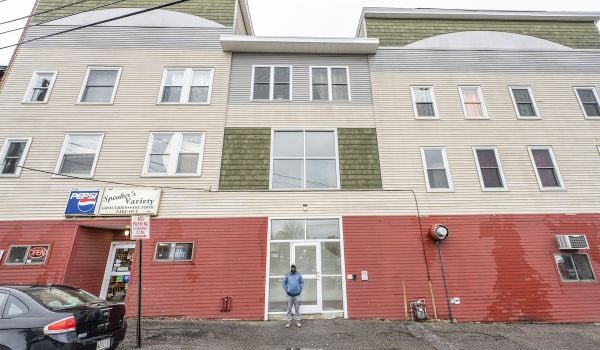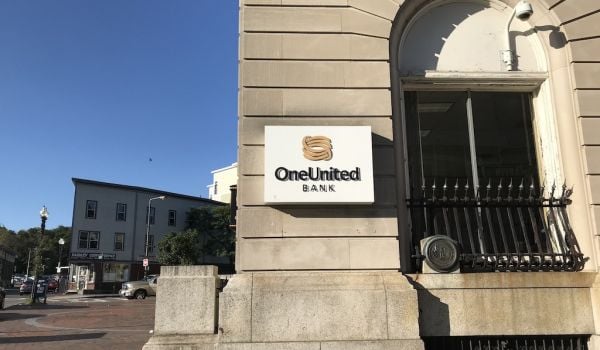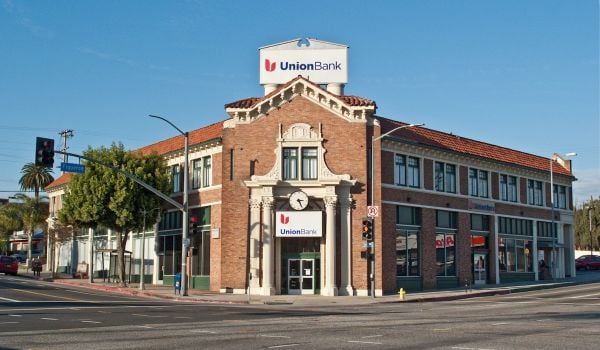How are people, infrastructure and economic activity organized and interrelated? In infinite ways depending on infinite dynamic factors. The question borders on absurdly ambitious. But a paper published last week, “Scaling and universality in urban economic diversification,” examines these connections with notable results. In an effort to measure and characterize the economic diversity of cities and its role in productivity, innovation and economic development, the authors unexpectedly discovered what they call “a systemic behavior common to all cities.”
To understand the commonality at work, first think of the city as an ecosystem. Think of types of businesses as “species.” Ecosystems in the natural world often share common patterns in distributions of species. “That got us thinking,” says Hyejin Youn, an Oxford fellow and the lead researcher, “maybe [the same consistency] happens in the city too. Only instead of the food web, it’s people and money and businesses that require one another.” (Youn is quick to clarify that this is merely a metaphor and that the human economy is obviously more complicated than simply a consumer-resource network.)
Just as ecosystems vary greatly — from deserts to tide pools — so too do cities. Cities have different abundances of specific sectors. San Jose’s tech is to Detroit’s manufacturing. “We usually think of cities as unique. Detroit is very different from Silicon Valley,” Youn says. “Abundances of certain industries are their signatures.” But, it turns out, what governs the distribution of those abundances stays the same across the board.
The monster data set the team analyzed for this study was the National Establishment Time-Series, which was created by Walls and Associates, an economic development agency based in Oakland. The set contains more than 32 million establishments nationwide and includes data on employment, sales, business performance, jobs gained and lost, businesses born and failed, and changes in major markets.
They organized the data by 366 U.S. metro regions. They made their unit of analysis the “establishment,” which they defined as “a single physical location where business is conducted.” Each is a workplace so they’re the most relevant unit to innovation, wealth generation, entrepreneurship and job creation. (The data set used the U.S. government’s North American Industry Classification System to classify the types of businesses to which each establishment belongs.)
The team then parsed out the frequency distribution — how many of each type of establishment occurred in each city. When they compared these distributions among cities, they found their universal law: Despite widely different mixes of types of businesses and across different-sized cities, the shape of these distributions was completely universal.
“That’s the thing that was amazing,” says co-author Geoffrey West, who’s a professor at the Santa Fe Institute. “The distribution of different employment categories, even though the jobs are different, all look the same, which is a statement that the underlying dynamics, processes in every city are the same. People talk about diversity and jobs and businesses and culture but it’s never been quantified, and it’s amazing that there are regularities and systematic behaviors.”
The team also found that as cities grow, the total number of establishments is linearly proportional to its population size (more people, more businesses). Seems logical maybe, but they got specific: On average, they found, “a new work place is created each time the city size increases by 22 people.”
When the researchers tried to measure diversification — the rates at which different types of businesses enter the mix — things got complicated. The scheme that the researchers used for classification of the data may seem obvious, but was perhaps the trickiest aspect of the study design. It comes down to the muddy question of how to measure or even define “diversity.”
If sectors are species, imagine that each species has a taxonomy tree: restaurant, fast food restaurant, McDonald’s, Burger King, etc. “We couldn’t go all the way down to specialized cuisines. You have to look at different ways of classification and think about how your results will change depending on the system of units that you use,” Youn says. “The government invented the NAICS system for trade purposes. It doesn’t capture true diversity.”
The effect of this classification problem was that their results changed based on what level of the taxonomy tree they used to calculate. If they stopped around the level of “fast food” — coarsely grained data, a broader definition of diversity — then they found that diversification slowed considerably once a city reaches a certain size.
But does it? Depends on if you believe a modern art and a classic art museum or a KFC and a Popeyes represents diversity. The researchers needed to correct their model so their conclusions would not be about their arbitrary classification system. The finer grained the data, the more infinite the diversification. So they extrapolated down to the finest grain imaginable. They made imagining the furthest nit-picky branches of taxonomy trees of businesses into numbers. And they were able to show that cities have an “open-ended, ever-expanding diversification process” as they grow. Cities, in fact, are like fractals.
The study also reveals that with increasing city size, entirely new types of services begin to appear. Youn calls this “combination dynamics,” and attributes the effect to how in large cities, different sectors collaborate and communicate and fuse. “It’s progressive specialization,” explains co-author Luís Bettencourt, professor of complex systems at the Santa Fe Institute, “because you live in a larger ecosystem, you can be more specialized because you find more functions around you.” It’s unlikely you’ll find an Ethiopian restaurant in a small town, or a glassblowing studio. But it’s likely you’ll find one in a big city because there are enough people who are interested in those services and enough specialized suppliers nearby to make them viable endeavors.
And interestingly, if predictably enough, specific species of businesses are more likely to show up in larger cities, like lawyers and PR firms. “They are professions that connect people or help people fight each other or not fight each other,” says Bettencourt. “Businesses that thrive on connectivity are emphasized in larger cities that are dense networks of businesses and people.”
And what exactly is the mysterious force creating these consistent patterns? The human ecosystem. “It’s people interacting, exchanging ideas, gathering things, needing to eat,” West says. “Humans have universal needs and actions.”
The Science of Cities column is made possible with the support of the John D. and Catherine T. MacArthur Foundation.

Zoe Mendelson is a journalist in Mexico City campaigning for a more chiller world. Her work has been featured on Fast Company, Buzzfeed, Untapped Cities and elsewhere.
Follow Zoe .(JavaScript must be enabled to view this email address)

















